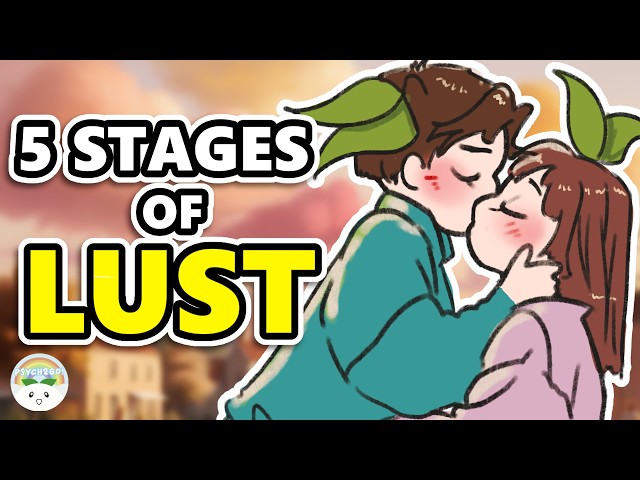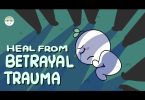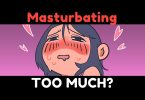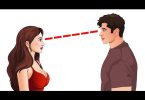Understanding Lust and Its Stage
Lust is a strong desire, usually driven by physical attraction or sexual longing. It’s a normal human feeling, and there’s no shame in it, but understanding it can help us avoid the mental toll it sometimes takes. Many of you have shared how lust affects your well-being, so let’s break down the stages and see how you can take control of your feelings.
Stage One: That First Spark
This is where it all begins: initial attraction. You notice someone across the room, and suddenly, you can’t look away. Maybe it’s their smile, the way they carry themselves, the way they talk, or something intangible that draws you in. Suddenly, your brain lights up like a Christmas tree, flooded with the feel-good hormone dopamine. According to the experts at Cleveland Clinic, this stage can last from a few minutes to several hours and may occur every time you see the person you desire. Common characteristics include muscle tension, quickened heart rate, faster breathing, and flushed skin. Keep in mind that this stage is completely surface-level; it’s all instinct, no logic. This is pure, primal biology at work.
Stage Two: Infatuation
Now the fire’s been lit, and it’s burning bright. This stage is all about heightened emotions. You can’t stop thinking about them; every text they send, every glance they give you feels like a jolt of electricity. Your brain is releasing more feel-good hormones, like norepinephrine, giving you that “butterflies in the stomach” feeling. Here, fantasies take over. You might start imagining your first trip together, your dream wedding, or even what your future kids will look like. Infatuation can feel so good that we mistake it for love, but love requires time and understanding, while infatuation thrives on mystery and excitement.
Stage Three: Obsession
Welcome to the tunnel vision stage, where lust takes the wheel and drives you into an exhilarating, all-consuming focus on one person. This stage is addictive; lust lights up the brain’s reward centers in the same way as drugs, creating an intense craving for more. According to Dr. Tony Schmalooki, hormones like testosterone in men and estrogen in women surge during this phase, amplifying your sex drive, energy, and focus. At this point, your brain is also flooded with dopamine, the feel-good neurotransmitter. You can’t stop fantasizing about them, but here’s the catch: you’re often falling for the idea of someone, not who they truly are. Their flaws are overlooked, their differences ignored. The fantasy becomes intoxicating, better than reality for many people, and it can even serve as an escape from your own struggles or insecurities.
Letting go of this fantasy feels risky; it means confronting uncertainty, risking disappointment, or realizing they’re not the perfect match you imagined. That’s why so many get stuck here. It’s easier to stay in the safety of obsession than face the vulnerability of genuine emotional connection. But staying in this stage has its dangers; obsession can create unhealthy attachments and lead to heartbreak when reality doesn’t meet expectations. Moving forward requires slowing down, being honest, and taking the leap into building something real something worth lasting.
Stage Four: Disillusionment
This is where the fireworks start to fizzle, and the dazzling glow of the honeymoon phase gives way to the sobering light of reality. You’re finally seeing things as they are, not as you imagined them, and you wonder: Are you truly compatible, or was it just a chemical high? Disillusionment can feel disappointing, but it’s a necessary step. At this stage, oxytocin, the bonding hormone, tries to step in and shift your focus from pure attraction to connection. But for that to happen, you need to be willing to look beyond the surface, to confront whether your connection is real or just built on lust and fantasy.
Stage Five: Resolution
Few people make it to this stage, but for those who do, it’s a turning point. When your sexual craving has been satisfied, the haze of lust begins to clear, and you face two possibilities: either your connection deepens into something meaningful, or it ends. For some, this stage marks the transformation of sexual desire into love. It’s no longer just about physical attraction but also emotional intimacy. On the other hand, if the relationship was built on fantasy or physical attraction alone, cracks begin to show. Without a deeper connection, the bond begins to dissolve. Either way, both outcomes offer growth: a foundation for lasting connection or the freedom to let go and move on.







Leave a Comment